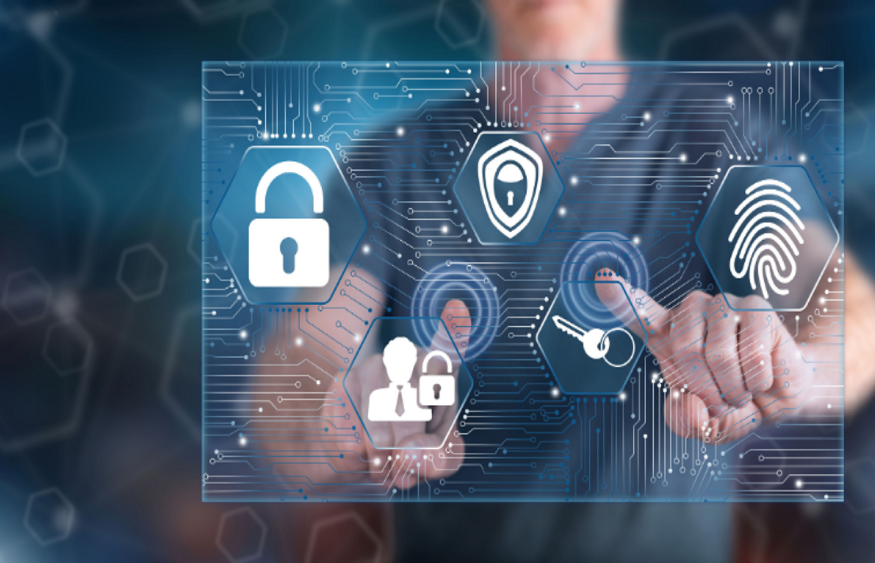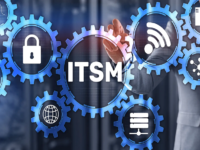How Identity Verification Is Helping Keep Your Data Safe and Secure

As technology advances, so too does the need for user authentication and identity verification. With all sorts of sensitive data being shared online, customers need to know that their personal information is kept safe and secure. In this article, we’ll explore how identity verification is helping to keep your data secure and how it’s preventing fraudsters from accessing it.
What is Identity Verification?
Identity verification is the process of verifying that someone is who they say they are. This can be done through a variety of means, such as requiring a user to provide a government-issued ID, comparing information from different sources, or using biometrics.
Identity verification is important because it helps to ensure that only authorised users have access to sensitive information. It can also help to prevent fraud and identity theft.
There are a number of different methods that can be used for identity verification. The most common method is to require a user to provide a government-issued ID, such as a driver’s licence or passport. This ID can then be checked against databases, such as those maintained by the Social Security Administration or the Department of Motor Vehicles.
Another common method of identity verification is to compare information from different sources. For example, a company might require a user to provide their name, address, and date of birth. This information can then be cross-checked against public records, such as the voter registration database or the property tax rolls.
Finally, biometrics can also be used for identity verification. Biometrics are unique physical or behavioural characteristics that can be used to identify an individual. Common examples of biometrics include fingerprints, iris scans, and facial recognition.
How Does Identity Verification Work?
Identity verification is the process of determining whether an individual is who they claim to be. This can be done through a variety of methods, such as requiring a user to provide personal information or using biometric data.
Personal information that can be used for identity verification includes items like a full name, date of birth, social security number, and home address. This information can be verified through public records or other databases. Biometric data, on the other hand, refers to physical or behavioural characteristics that can uniquely identify an individual. This can include things like fingerprints, iris scans, and facial recognition.
Identity verification is important for keeping your data safe and secure. By ensuring that only authorised individuals have access to your information, you can help prevent fraud and identity theft. Additionally, verifying the identity of users can help you comply with regulations, such as Know Your Customer (KYC) requirements.
Benefits of Identity Verification
The internet has made it possible for people to connect with each other and share information like never before. However, this also means that there is a greater risk of identity theft and fraud. This is why more and more businesses are turning to identity verification services to help keep their data safe and secure.
There are many benefits to using an identity verification service, including:
1. Increased security: By verifying the identity of users, businesses can be sure that the data they are sharing is only going to be seen by those who are supposed to see it. This helps to protect confidential information and prevent data breaches.
2. Reduced fraud: Identity verification can help businesses to avoid fraudsters who may try to use stolen or fake identities to gain access to sensitive information.
3. Improved customer experience: Customers appreciate knowing that their personal data is safe and secure when they interact with a business online. Identity verification can help build trust between a business and its customers.
4. Greater efficiency: Automated identity verification can save businesses time and money by reducing the need for manual processes and manual checks.
Types of Identity Verification Methods
There are many different types of identity verification methods that organisations can use to help keep their data safe and secure. Some of the most common methods include:
1. Social Security Number Verification: Organisations can verify an individual’s identity by matching the name and Social Security number provided by the individual with public records.
2. Address Verification: Organisations can verify an individual’s identity by matching the address provided by the individual with public records.
3. Date of Birth Verification: Organisations can verify an individual’s identity by matching the date of birth provided by the individual with public records.
4. Driver’s Licence Verification: Organisations can verify an individual’s identity by matching the driver’s licence number provided by the individual with public records.
5. Passport Verification: Organisations can verify an individual’s identity by matching the passport number provided by the individual with public records.
Challenges with Identity Verification
There are a number of challenges that come with identity verification, chief among them being the potential for fraudulent activity. This is especially true when it comes to online transactions, where it can be difficult to verify the identity of the person on the other end. Additionally, identity verification can be time-consuming and expensive, particularly if multiple forms of identification are required. Finally, there is always the possibility that personal information could be leaked or stolen in the course of verifying someone’s identity.
Best Practices for Implementing a Secure System
There are a number of best practices for implementing a secure system for identity verification. First, it is important to have a strong and unique password for each user. Second, it is important to use a two-factor authentication method for logging into the system. This can be done by using a physical token, such as a USB key, or by using a mobile phone with an app that generates a one-time code. Third, it is important to make sure that all data is encrypted both at rest and in transit. Fourth, it is important to have strict access control measures in place so that only authorised users can access sensitive data. Finally, it is important to continually monitor the system for any suspicious activity.
Conclusion
In this article, we have discussed how identity verification is helping keep your data safe and secure. We looked at the different methods of identification that are used to verify a person’s identity, as well as how companies use technology to help ensure their customers’ information is kept safe from hackers or malicious actors. By implementing smart security measures and verifying user identities, businesses can protect their customers’ sensitive data while still providing easy access to necessary services. Identity verification may seem like an extra step in the process but it’s worth it for the safety and security of everyone involved.






